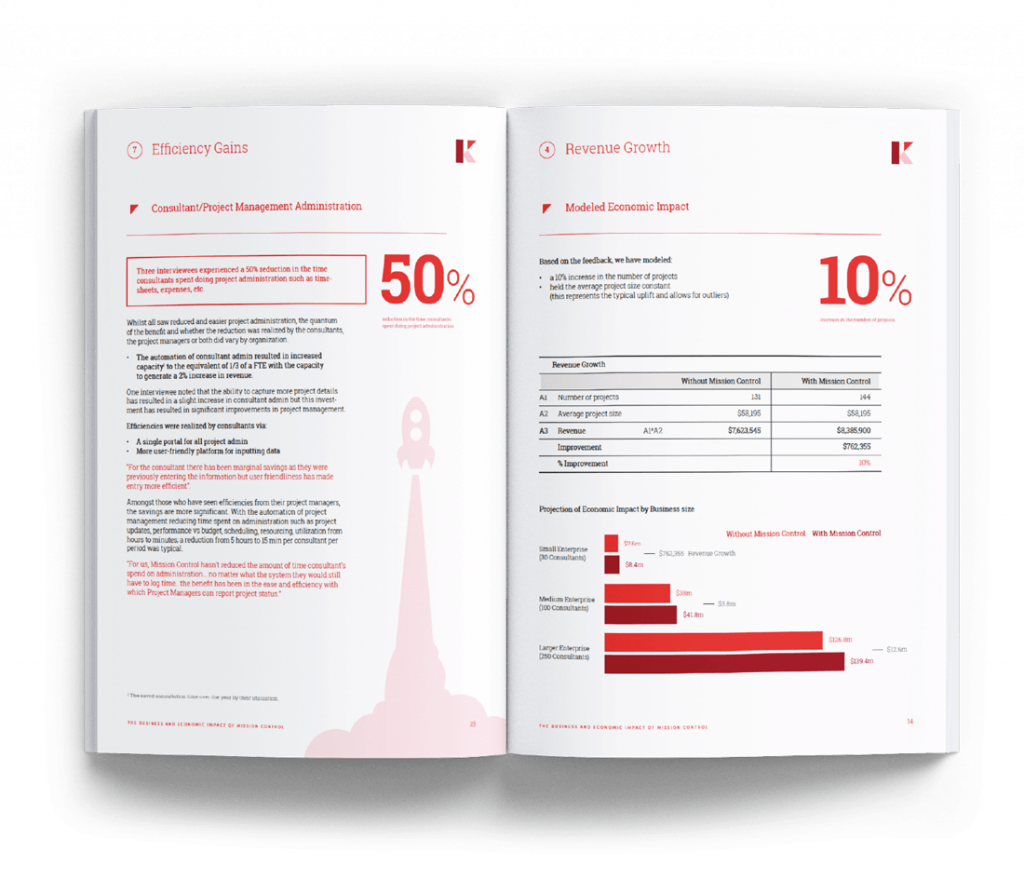As much as we love project management, it doesn’t come without its pitfalls. Risks and issues are often project specific whereas pitfalls are those common hinderances that keep popping up across projects and across industries. Whilst they can’t always be avoided, having an awareness of what they are, how to safeguard against them and what to do if they occur, can help keep a project on track. We explore some of the more common pitfalls and some strategic solutions on how to address them.
1.Poor communication
We’re big believers that good business starts with good communication, whatever business you’re in. And projects are no different. As a Project Manager, you’re the conductor of the orchestra, bringing together the right resource at the right time. Ensuring everything plays out smoothly, relies heavily on keeping resource informed. And as a project changes, it’s essential that the most up-to-date information is available to all. But how is that best done without information overload?
Possible solution:
-
- First of all, ensure your project management software is meeting all your business needs. Is it being used to its full potential? If you’re consistently coming across the same project communication pitfalls, speak to your software provider. There may be existing functionality to help enhance your project communication and if not, a solution could always be created.
-
- With the right platform in place, it’s time to define what each feature and tool should be used for within your project. This might differ between organizations, departments and individual projects. Everyone on the project team should understand what each tool should be used for, when it should be used and who needs to be using it. At Mission Control, there are a range of different access levels for the suite of features, meaning project team members don’t need to be overwhelmed with functions that aren’t relevant to them. Think about what tools should be used to convey different information as the project progresses. Here are a few Mission Control examples:
-
-
- Kanban: Offers a great daily snapshot to inform and structure a morning huddle or stand-up meeting. It includes an instant visual of actions planned, in progress and completed.
- Chatter: Lots of ‘all team’ discussions don’t need to involve everyone. Save valuable time by encouraging team members to collaborate directly on task-specific details via the Chatter tab. Quick, easy and not another email.
- PMO Dashboard: This shows key metrics on how projects are performing – perfect for informing bigger picture updates with stakeholders.
-
-
- Then practice what you preach. To change behaviors, push back initially if the wrong tools / features are being used in the wrong context; it may seem minor but everyone on the project ultimately benefits when everything is being used correctly.
-
- Remember communication is two way. No matter how good a Project Plan might start off, things change and evolve. Whether it’s encouraging the logging of potential risks in the ‘Risk Log’ or providing feedback on improvements for next time, these insights are invaluable. Ensure there is a process in place for how and when team resource should track these.
-
- Finally, Project Management Software has undoubtedly made running projects more efficient. They’re designed to be used at every step of a project from scoping through to delivery. But because of this, they can be easy to hide behind. There’s so much value in stepping away from the screen sometimes to have face-to-face meetings and interactions. It’ll boost team connection, culture and morale.
2. Creeping project scope
This is possibly one of the most common pitfalls in the world of project management. From changing client needs to an increased project output requirement, project scope can and does creep. Whilst it doesn’t really matter what project methodology is being used, some methods do make it easier than others to identify when a project scope starts to creep. For example, when employing a waterfall methodology, the deliverables of a project are very clear from the offset. When things change, it can be very obvious to see what falls in (and out) of the agreed deliverables. With agile methodology, the end product, service or solution isn’t known when setting out – so exact deliverables aren’t always clear. But no matter the methodology used, one thing should be agreed upfront…and that’s the project end goal. And this is the key to keeping a project scope in check.
Possible solution:
Ask yourself and the project stakeholders if tangents, changes and a shift in direction will ultimately serve the project goal? Sometimes they will, sometimes they’re of interest to the business but might merit a separate project. How important are these potential changes? If possible, try looking at what can be swapped out of a project in place of the new requirement. This can mean no change in budget, deadlines or resource. It can also help focus stakeholders on its perceived importance. Is it important enough to sacrifice something else? If not, what would it look like (time, budget and resource) to increase the project scope to include this? It shouldn’t feel like pushing back all the time, but rather offering strategic guidance and managing expectations. It can be easy to get caught up in the micro and with that, lose sight of the bigger picture. Consider creating a business cadence to check in regularly on the Project Plan and the project goal. Then make sure it’s communicated regularly so it continually informs team decisions across the board.
3. Lack of accountability
Behind every smooth-running project, is a well-informed and engaged project team; each bringing their own expertise to different parts of the project. Each project team member should know exactly what they’re responsible for, when it needs to be delivered and what collaboration might be involved. Quite simply, if there are any grey areas, things will fall through the gaps. This is not about creating a blame culture – far from it, it’s about empowering resource to take responsibility and pride in their valued contribution to the project.
Possible solution:
Here’s where you need a comprehensive Project Plan that considers all the tasks to be delivered and what resources are needed to deliver them. With Mission Control, you don’t need to start from scratch each time with the Project Generation feature. Simply clone entire past projects (or parts of) to mirror and then build on what’s been done before. Use Mission Control’s Resource Assignment Wizard feature to identify who might be best placed (and available) to support the project roll-out. Once a project starts, team members should have transparency on who else is on the project, what they’re contributing to and where collaboration should happen. At Mission Control, this is easily accessible in the Action Pad. It’s also worthwhile creating an awareness of the Dependencies on a project. This helps team members easily see the impact and repercussions of a deadline not being met – allowing contingencies to be put in place if needed.
So, whilst there are undeniably a range of common pitfalls in project management, the good news is that there’s also a suite of tools, features and solutions out there to help safeguard against them. At the heart of any successful project lies strong communications, a comprehensive Project Plan and an engaged team.
If your organization uses Salesforce and would like to explore how to utilize native project management software, chat to the Aprika team today.





